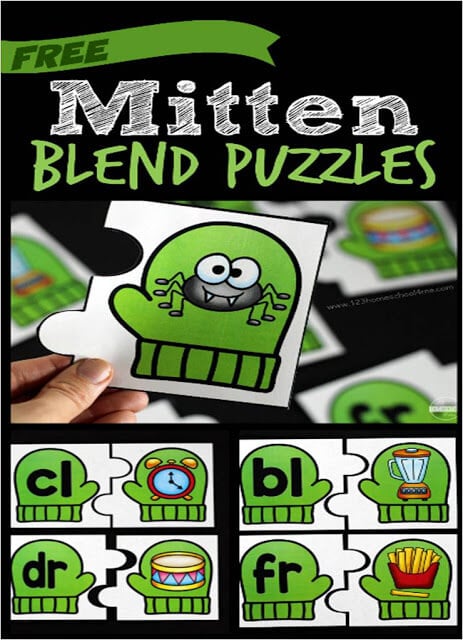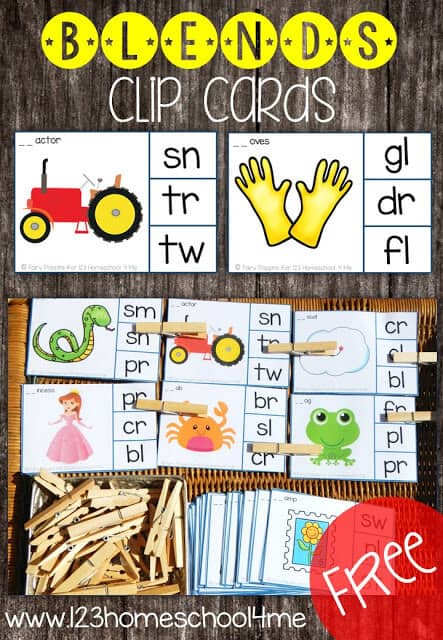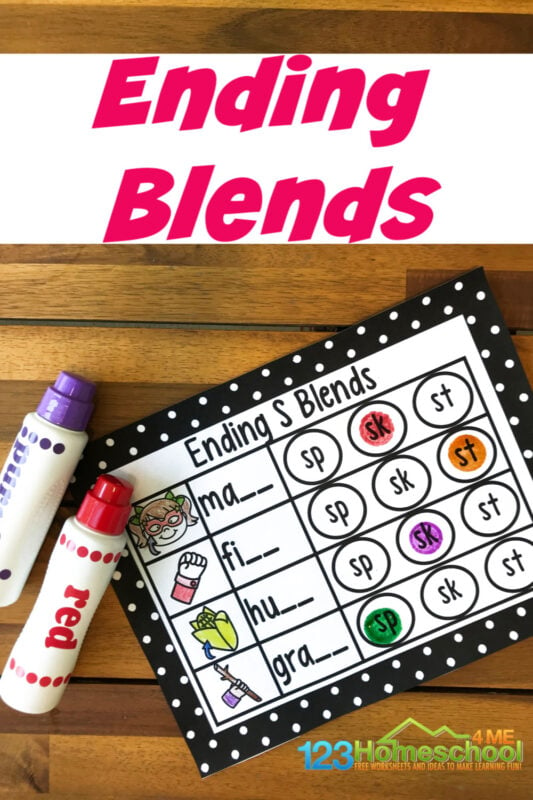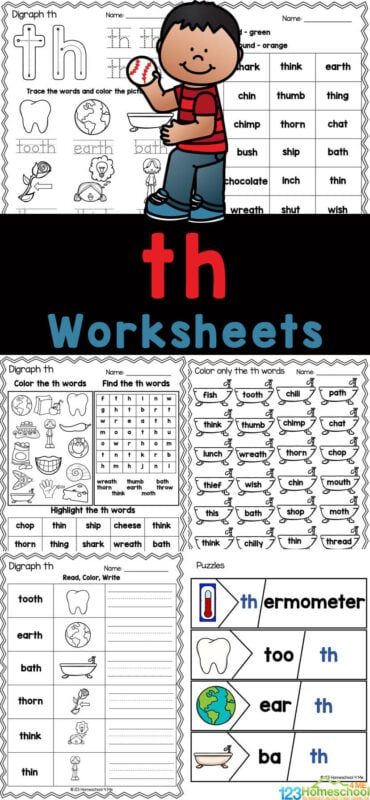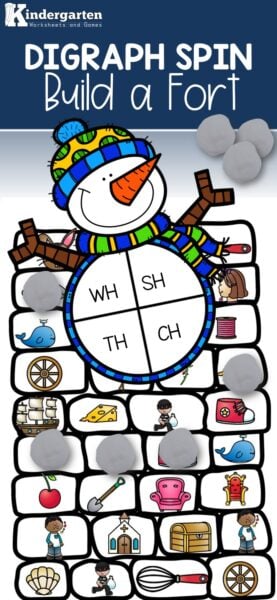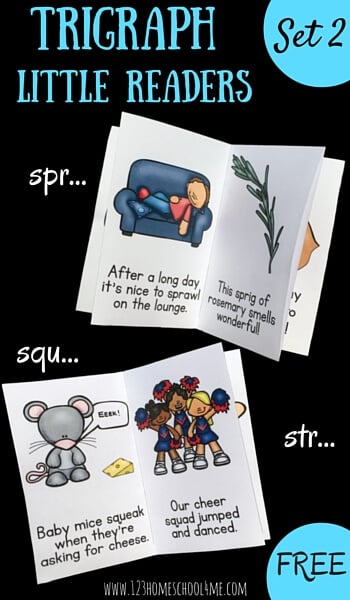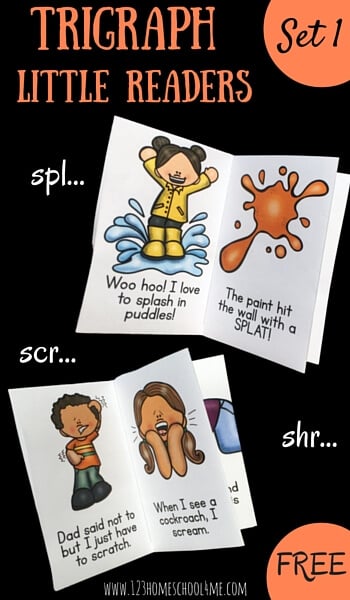If your first grade student is learning to read and write, they will encounterblends and digraphs.
Let me help you understand the difference betweenwhat is a blendandwhat is a digraph.
We have tons of funblends activitiesanddigraph gamesplus free printable worksheets to make practice simple and FUN!

Blends and Digraphs
Blends and digraphsare important phonics concepts that help young learners build reading skills.
We begin learning aboutdigraphs and blendsonce kindergartners are comfortable with letter sounds andCVC words.
Its time to move on to consonantblendsanddigraphswith advanced kindergarten and 1st grade students.
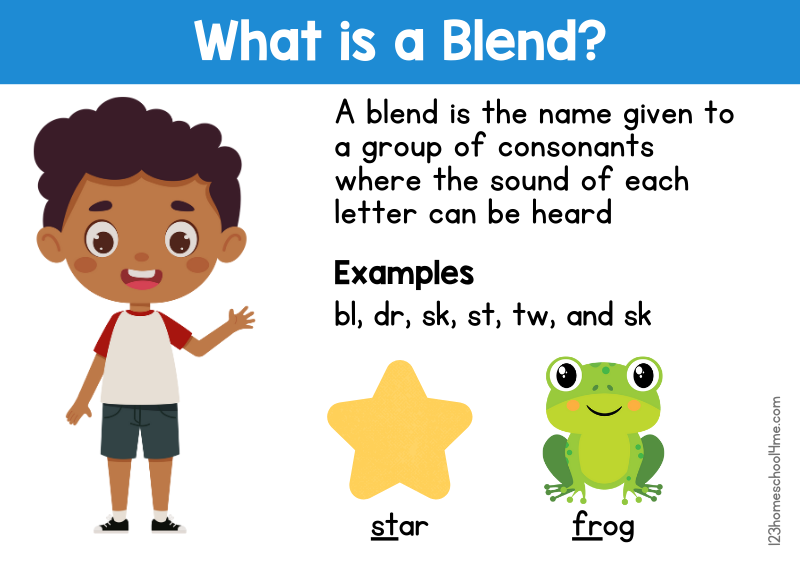
Theyre often called consonant clusters.
For example, in the word plum, you could hear both the p and the l sounds.
Blends can appear at the beginning or end of a word and in both places.
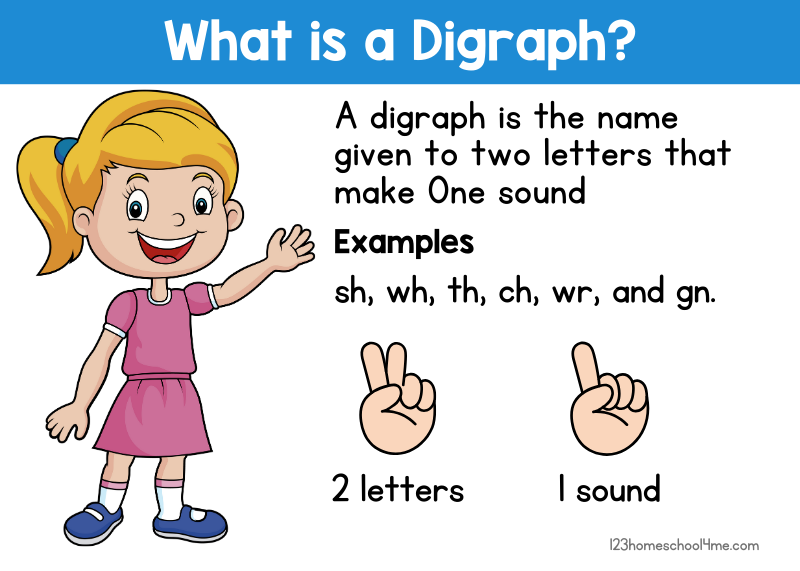
Teaching blends helps kids recognize and pronounce words more easily as they progress with reading skills.
But heres the key point: kids dont have to memorize every blend!
What Is A Digraph?
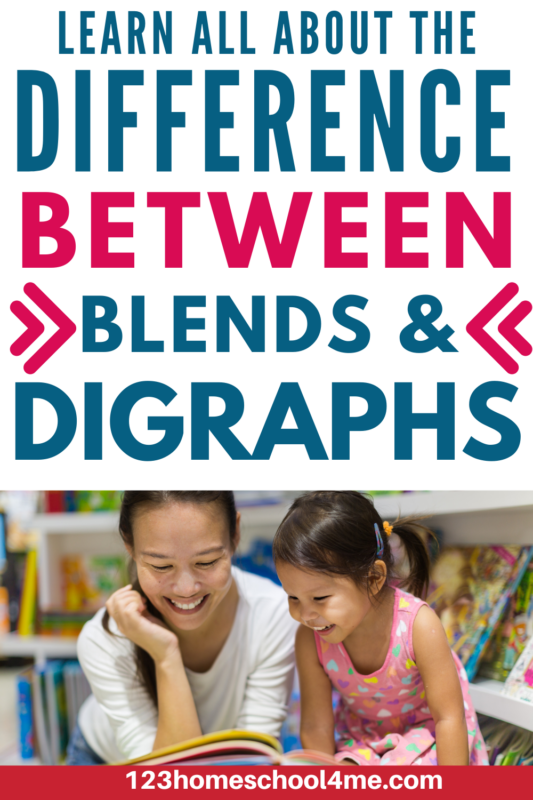
A digraph consists of a pair of letters that combine to produce one distinct sound (phoneme).
These combinations involve two letters collaborating to form a specific consonant sound.
Take the wordshop, for instance.
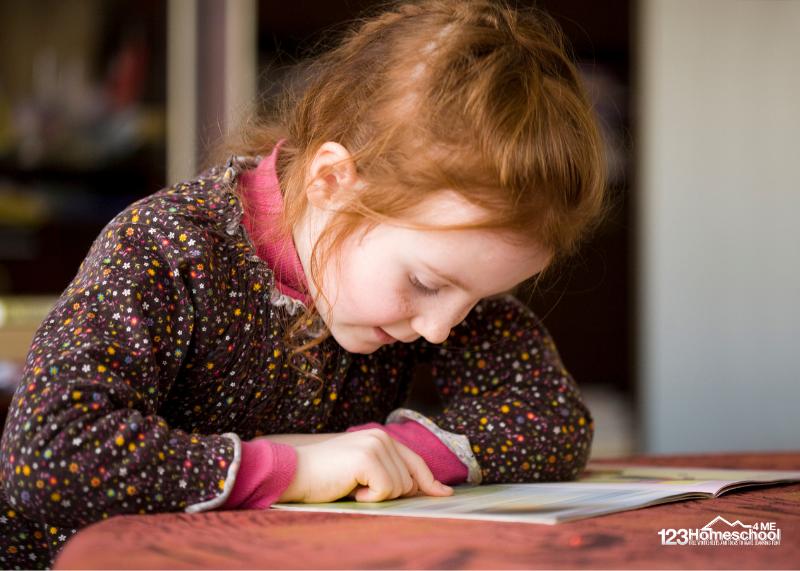
The letterssandhcombine to make the sh sound.
Difference between blends and digraphs
Blends and digraphs may look similar, but they function quite differently.
Understanding these differences helps in teaching phonics effectively.

When To Teach Blends And Digraphs?
The best time to introduce blends is when a child has mastered reading three-letter CVC (consonant-vowel-consonant) words.
Before teaching your children blends, ensure they know the sounds of individual letters.

This will help them to blend the sounds in words.
Once children can comfortably read words with blends, theyre typically ready to learn digraphs.
They may need more practice with letter sounds and CVC words before progressing.

Particularly when introducing a new phonics concept.
In this case, explain what consonant blends and digraphs are.
Keep it simple and use plenty of examples to make the ideas clear.
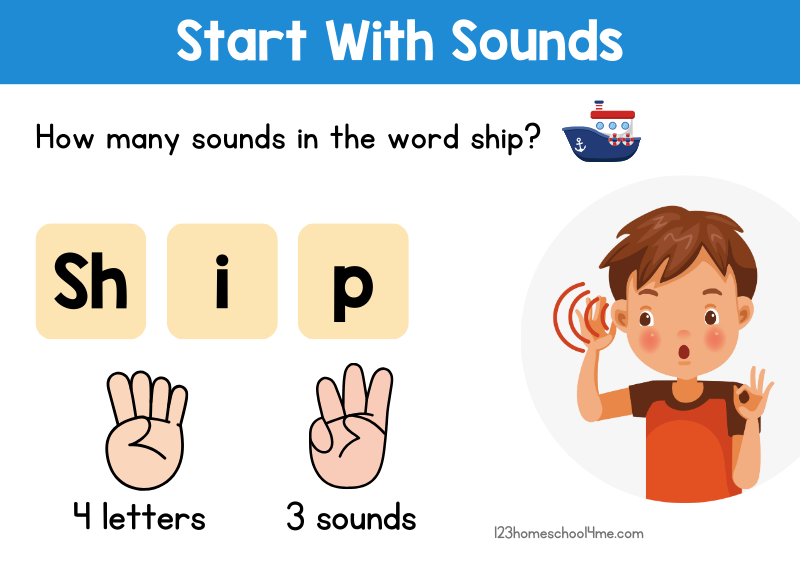
You might also find the following resources handy.
Use simple,closed-syllable wordsfor this exercise.
Here are some suggestions.
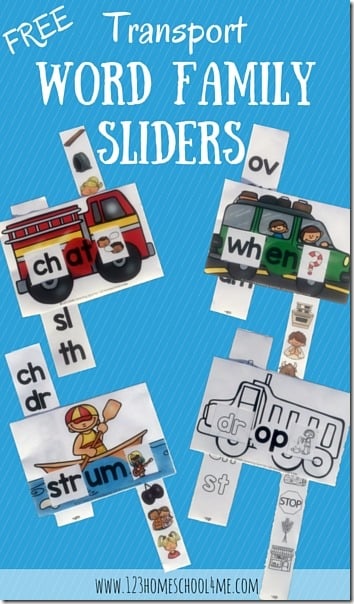
Note that the number of letters sometimes differs from the number of sounds.
Lets give an example using a word with a digraph, such asship.
Because sh is a digraph and makes 1 sound.
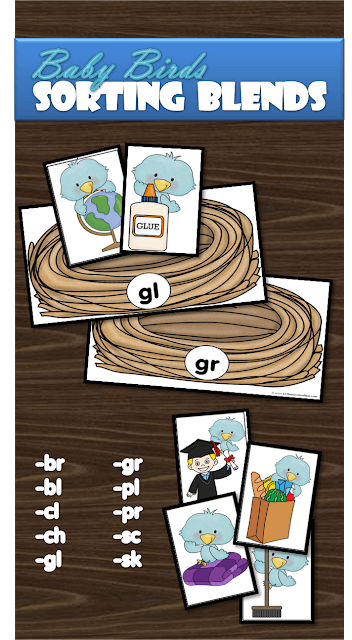
This helps children see how these sounds fit into real language.
Watching them start to read is exciting, and kids love showing off their abilities.
Naturally, this kind of activity also improves their fluency and comprehension.

you’re able to find some free emergent readers with blends and digraphs here.
These interactive methods help reinforce phonics skills in a way that feels like play, encouraging active participation.
This keeps kids interested while boosting their reading and writing abilities.
